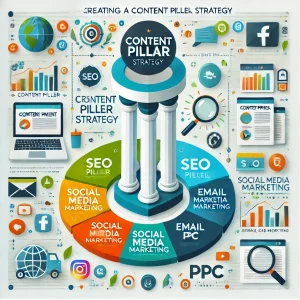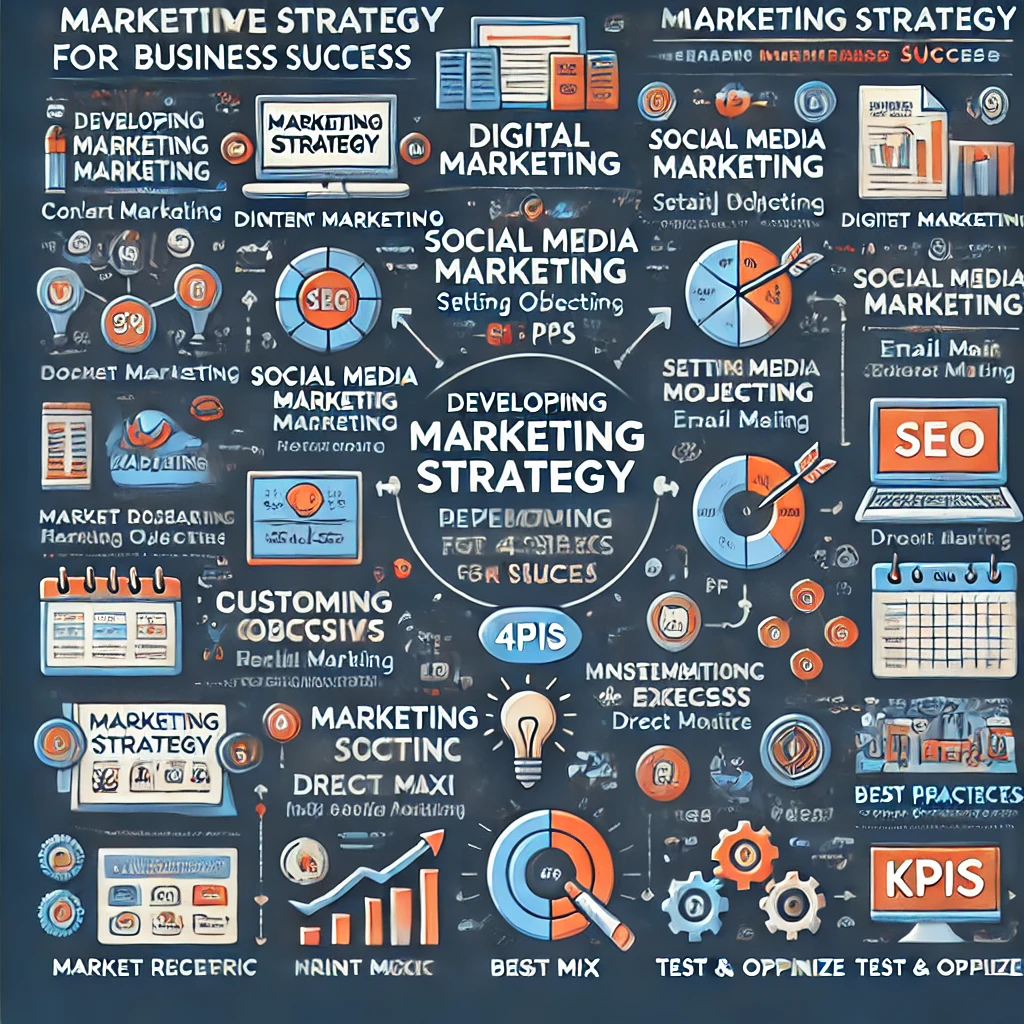Memahami Dasar Ekonomi dari Perspektif Individu dan Pasar
Mikroekonomi merupakan cabang dari ilmu ekonomi yang mempelajari perilaku individu, rumah tangga, dan perusahaan dalam mengambil keputusan atas penggunaan sumber daya yang terbatas. Fokus utamanya adalah pada interaksi antara konsumen dan produsen dalam suatu sistem pasar. Dengan kata lain, mikroekonomi berusaha menjawab pertanyaan-pertanyaan mendasar seperti: Apa yang harus diproduksi? Berapa banyak yang harus dikonsumsi? Bagaimana harga terbentuk di pasar?
Artikel ini akan membahas secara menyeluruh konsep-konsep utama dalam mikroekonomi, manfaatnya, serta relevansinya dalam kehidupan sehari-hari.
1. Pengertian Mikroekonomi
Secara etimologis, kata mikro berasal dari bahasa Yunani yang berarti “kecil.” Mikroekonomi menitikberatkan pada bagian kecil dari perekonomian, yaitu unit ekonomi individu seperti rumah tangga, perusahaan, dan pasar spesifik.
Berbeda dengan makroekonomi yang melihat ekonomi secara keseluruhan (nasional atau global), mikroekonomi memperhatikan bagaimana keputusan individu memengaruhi permintaan dan penawaran, harga, serta efisiensi dalam distribusi sumber daya.
2. Tujuan Mempelajari Mikroekonomi
Beberapa tujuan utama mempelajari mikroekonomi antara lain:
-
Memahami cara kerja pasar dan harga
Mikroekonomi menjelaskan bagaimana interaksi antara penjual dan pembeli membentuk harga barang dan jasa. -
Menilai efisiensi dan kegagalan pasar
Dapat digunakan untuk mengukur apakah sumber daya digunakan secara optimal atau justru terdapat ketidakseimbangan seperti monopoli, eksternalitas, atau informasi asimetris. -
Membantu pengambilan keputusan
Baik individu, bisnis, maupun pemerintah dapat menggunakan prinsip mikroekonomi untuk membuat keputusan ekonomi yang lebih bijaksana. -
Menjadi dasar analisis kebijakan ekonomi
Misalnya, dalam menentukan pajak, subsidi, atau regulasi pasar.
3. Konsep Dasar Mikroekonomi
a. Permintaan dan Penawaran
Permintaan mencerminkan keinginan dan kemampuan konsumen untuk membeli barang atau jasa pada berbagai tingkat harga. Sebaliknya, penawaran mencerminkan keinginan dan kemampuan produsen untuk menjual.
Interaksi antara permintaan dan penawaran menentukan harga dan jumlah ekuilibrium di pasar.
Contoh:
Jika permintaan akan cabai meningkat drastis sementara pasokannya tetap, maka harga cabai cenderung naik.
b. Elastisitas
Elastisitas mengukur seberapa responsif konsumen atau produsen terhadap perubahan harga. Ada beberapa jenis elastisitas, seperti:
-
Elastisitas permintaan harga
-
Elastisitas pendapatan
-
Elastisitas penawaran
Barang kebutuhan pokok umumnya inelastis, artinya perubahan harga tidak terlalu memengaruhi jumlah yang diminta.
c. Teori Perilaku Konsumen
Mikroekonomi mempelajari bagaimana konsumen membuat pilihan berdasarkan anggaran dan preferensinya. Konsep utilitas digunakan untuk mengukur kepuasan konsumen terhadap konsumsi barang/jasa tertentu.
d. Teori Produksi dan Biaya
Bagi produsen, keputusan produksi bergantung pada input, teknologi, dan biaya. Mikroekonomi membahas konsep seperti:
-
Produksi jangka pendek dan jangka panjang
-
Biaya tetap dan biaya variabel
-
Skala ekonomi (economies of scale)
e. Struktur Pasar
Struktur pasar menggambarkan jumlah penjual dan pembeli serta sejauh mana mereka memengaruhi harga. Beberapa bentuk struktur pasar antara lain :
| Struktur Pasar | Ciri-ciri Utama |
|---|---|
| Persaingan Sempurna | Banyak penjual, produk homogen, bebas masuk pasar |
| Monopoli | Satu penjual, tidak ada pengganti dekat |
| Oligopoli | Beberapa penjual besar, produk homogen/berbeda |
| Persaingan Monopolistik | Banyak penjual, produk berbeda tetapi mirip |
4. Kegunaan Mikroekonomi dalam Kehidupan Nyata
Mikroekonomi bukan sekadar teori di atas kertas. Ilmu ini sangat relevan dan aplikatif dalam kehidupan sehari-hari. Beberapa penerapannya antara lain:
-
Sebagai Konsumen
Kita dapat menentukan pilihan konsumsi yang paling efisien sesuai anggaran, memprioritaskan barang berdasarkan manfaatnya. -
Sebagai Pebisnis/Produsen
Pengusaha dapat menentukan harga jual, jumlah produksi, dan strategi pasar yang tepat berdasarkan analisis permintaan dan biaya. -
Sebagai Pembuat Kebijakan
Pemerintah menggunakan prinsip mikroekonomi untuk mengintervensi pasar, seperti memberikan subsidi untuk barang kebutuhan pokok atau mengenakan pajak atas barang merugikan (rokok, alkohol).
5. Keseimbangan Pasar dan Efisiensi
Pasar dikatakan berada dalam kondisi seimbang (equilibrium) ketika jumlah barang yang diminta sama dengan jumlah yang ditawarkan pada harga tertentu. Dalam keadaan ini, tidak ada kecenderungan harga untuk berubah.
Namun, dalam kenyataannya, pasar tidak selalu efisien. Faktor-faktor seperti:
-
Eksternalitas (dampak positif/negatif terhadap pihak ketiga)
-
Informasi tidak sempurna
-
Ketimpangan kekuasaan pasar (monopoli)
…bisa menyebabkan kegagalan pasar (market failure). Mikroekonomi mempelajari cara mengatasi kegagalan ini melalui kebijakan publik dan mekanisme pasar yang lebih sehat.
6. Peran Mikroekonomi dalam Era Digital
Di era digital, mikroekonomi semakin relevan. Contohnya:
-
Platform digital seperti Tokopedia, Shopee, dan Gojek menghadirkan pasar baru yang memungkinkan analisis permintaan-penawaran secara real-time.
-
Big Data dan AI dimanfaatkan oleh perusahaan untuk memahami preferensi konsumen dan menetapkan harga secara dinamis (dynamic pricing).
-
Ekonomi gig (freelancer, driver online, content creator) juga menciptakan struktur pasar baru yang menarik untuk dianalisis dari perspektif mikroekonomi.
7. Kesimpulan
Mikroekonomi adalah pondasi utama dalam memahami bagaimana sistem ekonomi bekerja dari bawah—dari individu hingga perusahaan. Dengan mempelajari mikroekonomi, kita tidak hanya memahami teori ekonomi, tetapi juga bisa menerapkannya dalam pengambilan keputusan sehari-hari, baik sebagai konsumen, pelaku usaha, maupun pembuat kebijakan.
Melalui konsep permintaan-penawaran, elastisitas, perilaku konsumen, teori produksi, dan struktur pasar, mikroekonomi membantu menciptakan efisiensi dan keadilan dalam distribusi sumber daya. Di era ekonomi digital saat ini, pemahaman terhadap mikroekonomi menjadi bekal penting untuk menghadapi tantangan ekonomi yang dinamis dan kompleks.



Leave a Reply